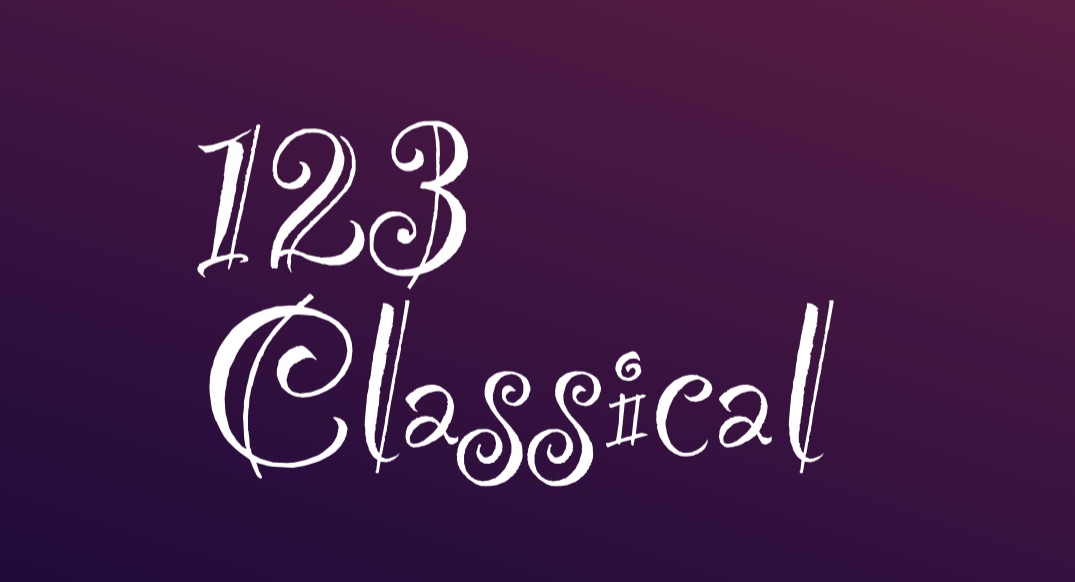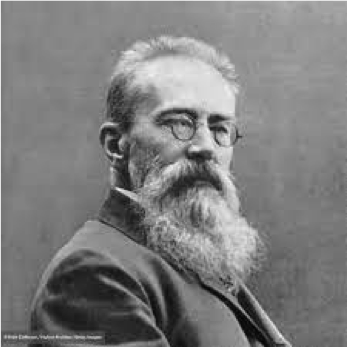


A Russian composer who has been inspired by the Russian folklore and has had great impact on music of the 19th century, but whose music, apart from some rare pieces who have become very popular, remains to a great extent unknown today. His work includes mainly operas and generally music which meant to tell a story. His most famous music composition is "The Flight of the Bumblebee", which is part of his opera "The Tale of Tsar Saltan". He was also a member of "The Five", a group of five prominent 19th century Russian composers who played an important role in the development of nationalistic style of classical music.
Born to a musical family, his talent was recognised early, however his passion for music was not strong enough, so he went to the naval academy to study. While he was a naval officer, travelling around the world, his love for opera gradually brought him closer to music and composition and he began to create his own compositions. He decided to become a composer, after having met Balakirev, the leader of a group of young composers.
At the beginning of his musical career, he was considered a talented but not so focused composer but after a while he started composing operas and orchestrating the works of other composers. He composed his first symphony, and the operas "Sadko" and "The Maid of Psov" while working in the navy.
At the age of 27, he became a professor of composition and orchestration at the Conservatory of St. Petersburg, where he realised his own shortcomings, so he dedicated himself in enriching his musical education and further improving his skill. In his decades at the conservatory, Korsakov taught many composers who would later become internationally famous, such as Sergei Prokofiev and Igor Stravinsky.
Korsakov's legacy goes far beyond his compositions and his teaching career: his orchestrations of other composers' works are significant, although he has been criticised of "overcorrecting" these works.